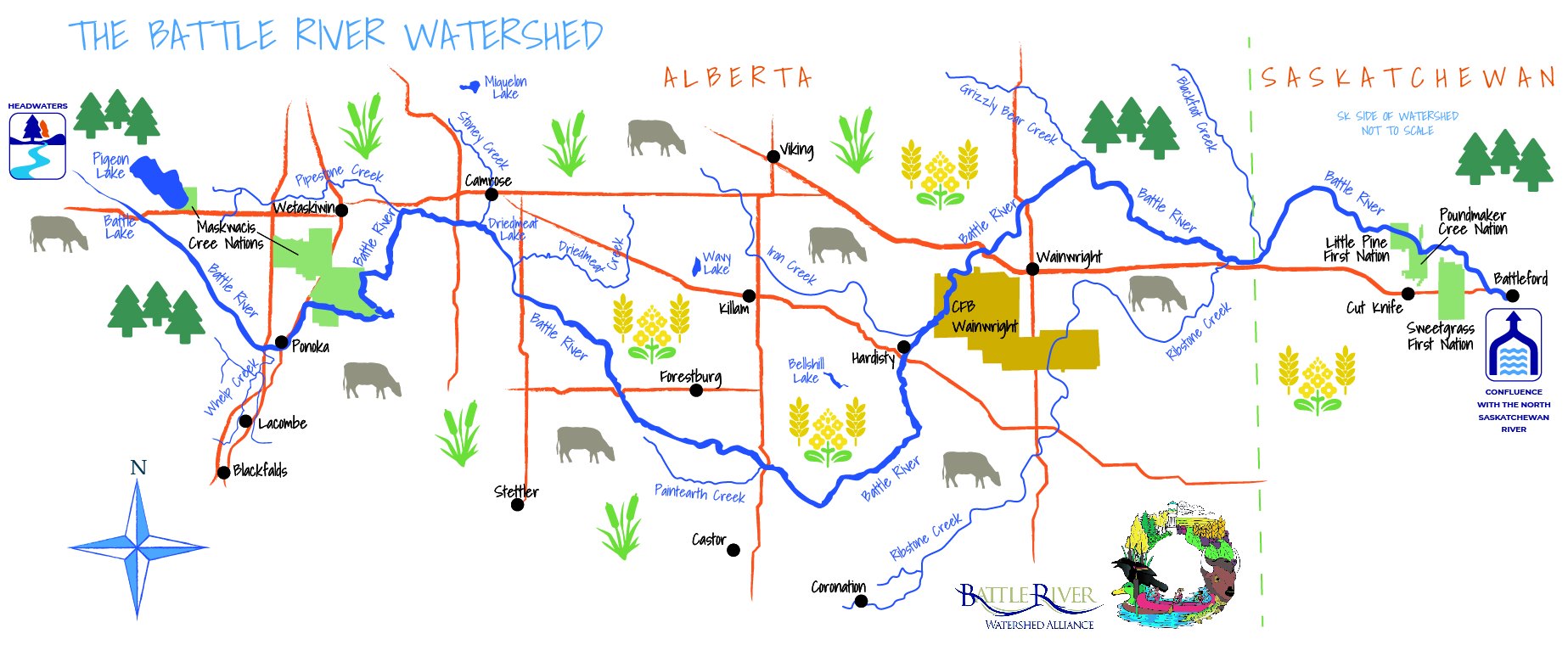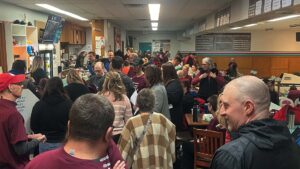Coinciding with Earth Day on April 22, it is with great excitement that Camrose Energy announces our annual financial contribution to the Battle River Watershed Alliance (BRWA), as part our ongoing Community Partner program.
As an original Camrose Energy Community Partner, BRWA receives a portion of our annual 10% profits, as directed by our customers. While new Camrose Energy customers no longer have the option of selecting BWRA as a Community Partner, Camrose Energy is pleased that we continue provide BRWA with legacy funding.
Every time I pass by Mirror Lake in Camrose, go for a walk to look down the river valley or even when it rains I am pleased that Camrose Energy and our customers can the support the great work of the Battle River Watershed Alliance.
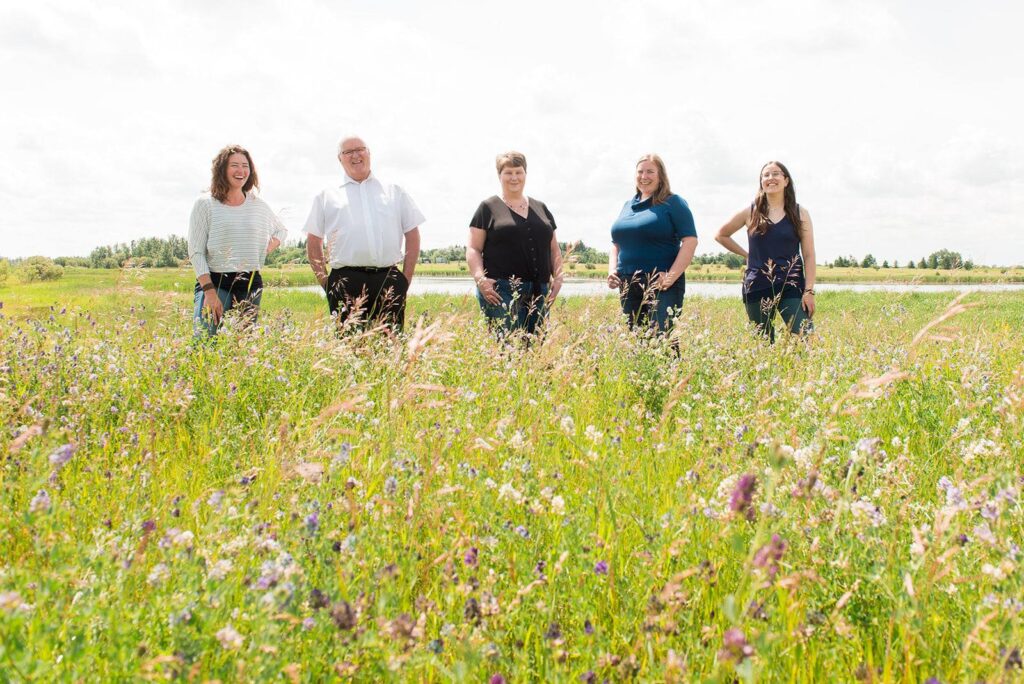
What is a Watershed?
A watershed is like a funnel, collecting rain and snow and draining it into a larger body of water (such as a wetland, stream, river or lake). Watersheds can be very small, such as around a lake, or very large, like all of the land that drains into Hudson Bay.
I’ve found out that when it rains in Camrose, or the snow melts, the water that’s not absorbed into the ground winds its way along Stony Creek, into Dried Meat Lake and the Battle River system, until it finally reaches the North Saskatchewan River near North Battleford, Saskatchewan, before continuing to flow east. It’s remarkable to know where the waters flow – and we need to be careful how we managing this sensitive and valuable resource! Thanks to BRWA, we’re continuing to learn more and more every year.
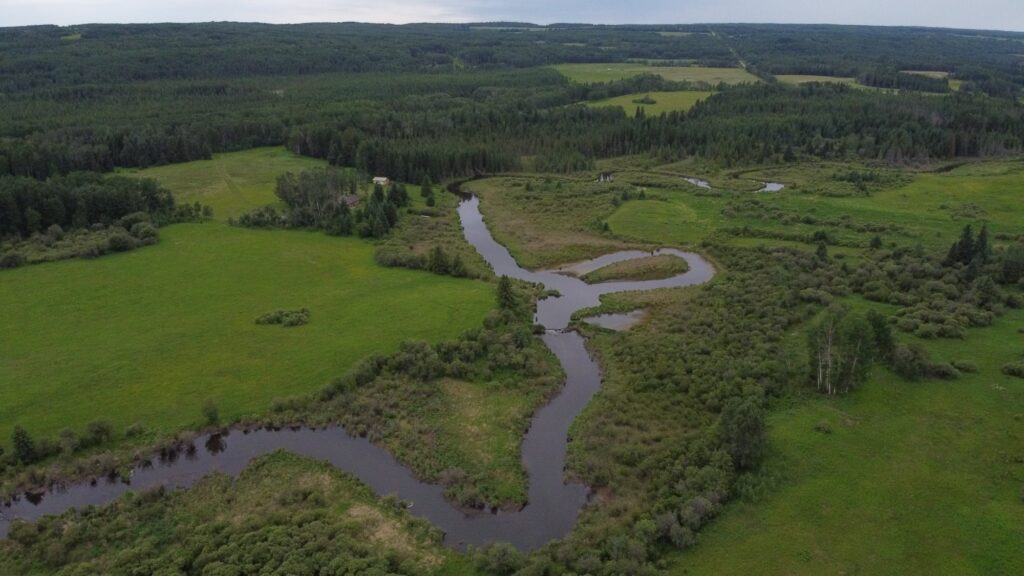
What is the Battle River Watershed Alliance?
The Battle River Watershed Alliance (BRWA) was created in November 2006 as a non-profit society to serve as the Watershed Planning and Advisory Council (WPAC) overseeing the Battle River and Sounding Creek Watersheds. They are dedicated to the preservation and enhancement of the land and water of this region. By recognizing the interconnection between healthy landscapes, resilient communities, and a stable economy, the BRWA works to foster all aspects of sustainability.
Where are the Watersheds?
The Battle River Watershed covers most of east-central Alberta where waters drain into the Battle River – a modest, prairie-fed (as opposed to glacier-fed) river that lies within a valley that seems much too big for it. The river valley was carved by glacial melt-waters from prehistoric Lake Edmonton that flowed and gushed southward, carving out the present-day valley. Approximately 83% of the 30,000 square kilometer (17,667 square mile) watershed is in Alberta.
SOUNDING CREEK WATERSHED
The Sounding Creek Watershed is a unique, closed-basin watershed where water does not flow to the ocean but rather through a number of lakes before settling in Manitou Lake, Saskatchewan. While there is an outflow from the lake, much of the water either stays in the lake or is transported elsewhere through evaporation.
How does Camrose Energy’s Contribution help?
Nathalie Stanley Olson, Education and Outreach Coordinator for BWRA since 2011, explained that the Camrose Energy contribution generally goes into educational programming – school outreach, field trips, virtual presentations, supplies, summer staff and their own Magpie Nature Camp.
“We cannot thank them enough – Camrose Energy and their clients who have chosen us as their partner,” she said. “Camrose Energy continues to do so much good work in the community – we are so grateful to be involved.”
This past winter, our contribution helped fund water sampling efforts at Battle Lake, just west of Wetaskiwin by Pigeon Lake. As the headwaters of the Battle River and the watershed it’s important to determine the health of the lake.
“Without data collection we can’t say if things are better or worse,” Nathalie pointed out.
Staff did a water depth survey and collected all sorts of data including temperature, oxygen, pH, turbidity (cloudiness) and nutrient level samplings from various spots on Battle Lake. This data is compared with historical data from Battle Lake and from lakes across the province Alberta to help determine the lake’s health.
“The water quality at Battle Lake is generally good… and we’d like to keep it that way,” she noted.
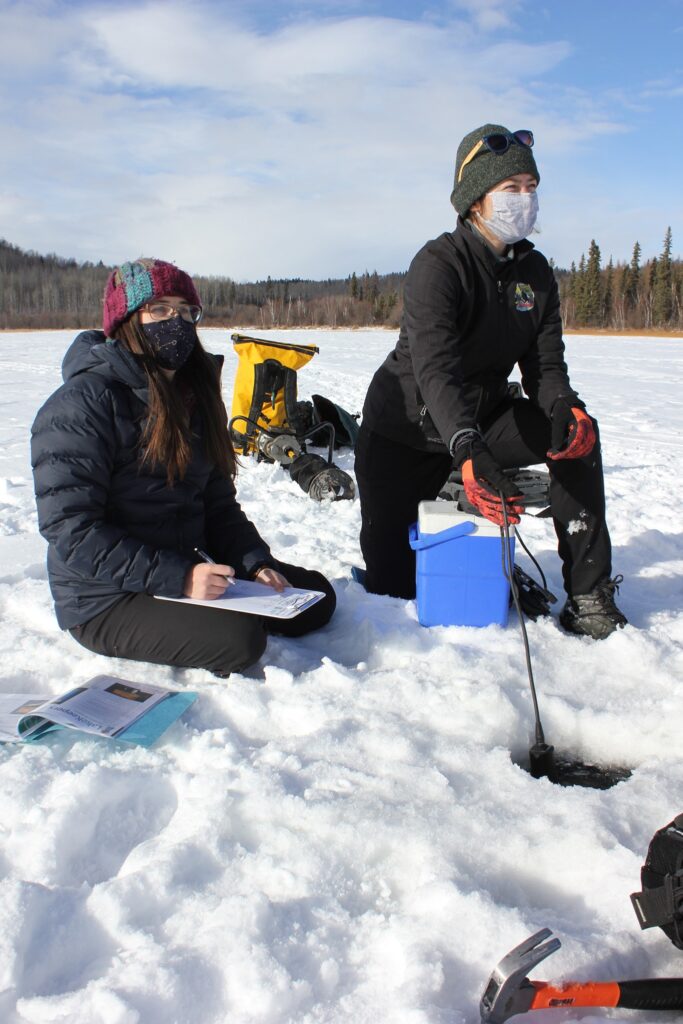
Camrose is in a very unique area
Nathalie said Camrosians need to be particularly sensitive to our water resource since our drinking water comes from Dried Meat Lake southeast of Camrose – the same lake which receives all the runoff from storm drains, including anything that is put into the drains, and treated wastewater from the water treatment plant. It’s unique to be downstream from ourselves… Camrose has that extra incentive to keep our wastewater clean and make an effort to reduce (or preferably eliminate) the harmful things going into the system
What else is BWRA responsible for?
The work done by the BWRA is so amazing! As a WPAC, they are mandated to advise and effectively manage watershed through many activities including:
- Reporting on and raise awareness about the state of the watershed
- Leading in watershed management planning
- Developing best management practices
- Advising water/land use decision-making authorities
- Fostering stewardship activities and support Watershed Stewardship Groups
- Educating community members about the watershed
BRWA focuses on three main areas: watershed management, watershed engagement, and watershed stewardship. By working with community members – including landowners, governments, residents, and decision makers – staff collects data, and based on their findings they develop, recommend and execute plans to improve watershed health.
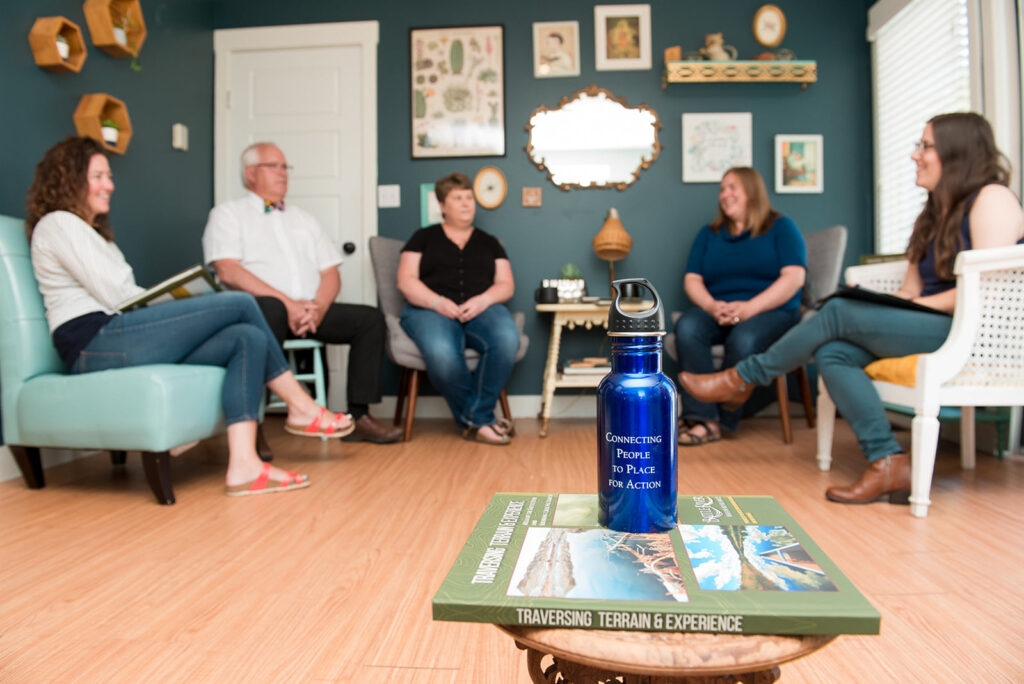
“People are looking for solutions, but it’s getting back to basics,” Nathalie said. “It’s the stuff we learned as kids… getting better at doing the simple things.” This includes not over-watering or over-fertilizing lawns, reducing water consumption, cleaning up and properly disposing of pet waste and not putting into the landfill or waste water collection things that should be collected through the Toxic Round-up events.
In short, they connect people to place, for action – it’s pretty fantastic that Camrose Energy and our customers are helping them do that!
What is Earth ?
Earth Day is an annual event on April 22 to demonstrate support for environmental protection. First held on April 22, 1970, it now includes events around the world. Areas of focus include: Climate action, science and education, people and communities, conservation and restoration, and plastic and pollution.
This year’s theme is Restore Our Earth and features five primary programs: The Canopy Project, Food and Environment, Climate Literacy, the Global Earth Challenge, and The Great Global CleanUp. During the week of Earth Day, EARTHDAY.ORG and lead organizers, Education International, Hip Hop Caucus, and Earth Uprising organized three separate parallel climate action summits on climate literacy, environmental justice, and youth-led climate-focused issues. EARTHDAY.ORG has also organized the second-annual Earth Day Live live-stream event (April 22, 2021) featuring global activists, international leaders, and influencers.

